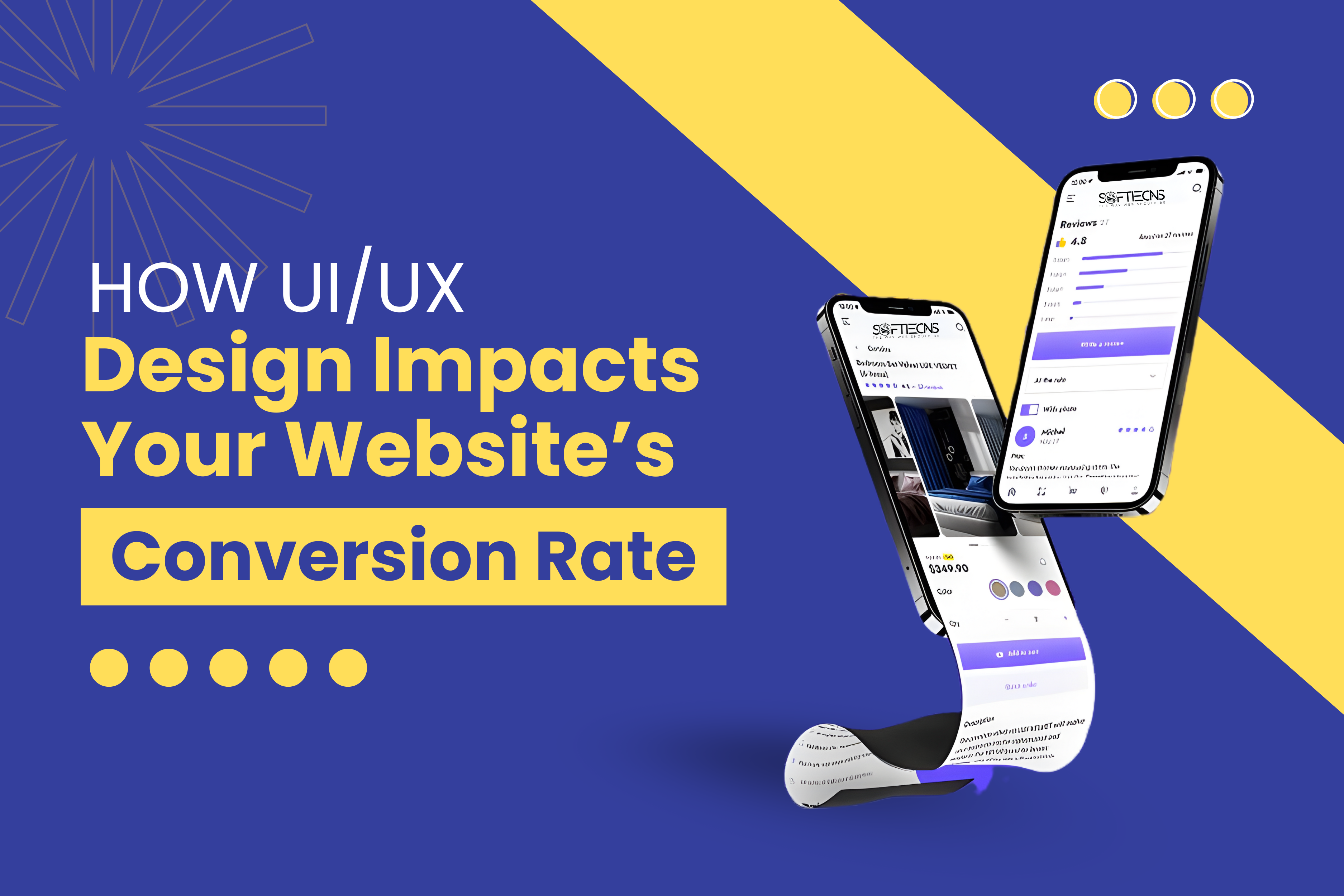Cloud computing is an IT technology that is in rapid development. Forbes analysts expect that by 2020 83 percent of the workloads of companies will be in the cloud. According to the IDC report, worldwide spending on public cloud services and technology was expected to hit $160 billion in 2018. The cloud is a large term that encompasses different kinds of electronic services. To those contemplating cloud services to their enterprise, it’s necessary to understand the difference between IaaS, PaaS, and SaaS — the available core cloud models. Depending on your business needs and the number of tasks you wish to conduct yourself or assign to the service provider, you will select the specific model.
IaaS: infrastructure as a service
This is a virtual alternative to a conventional data center. Cloud service providers use virtualization technologies to provide their clients with scalable computing resources such as servers, network s, and storage. This is helpful to consumers because they do not need to buy personal hardware and maintain their components.
Instead, they can deploy their systems and application s inside the virtual machines offered by the provider providing the same technology and functionality as a physical data center. An IaaS provider is responsible for the network as a whole but customers have full control over it. Users are also responsible for the installation and maintenance of apps and operating systems, as well as protection, runtime, middleware, and data. IaaS users can compare various providers ‘costs and results to select the best choice since they can access them through a single API.
PaaS: Platform as a service
In cloud computing, PaaS is a software development system that is distributed over the Internet. This is a platform providing integrated software components and tools that developers can use to build, configure, test and launch applications. PaaS providers manage servers, upgrades to operating systems, security fixes, and backups. Clients concentrate on device creation and data without thinking about the maintenance of infrastructure, middleware, and OS.
SaaS: software as a service
With this deal, users are granted access to cloud-based applications from the provider. Users do not need to download and install SaaS applications on local computers, but they may need plug-ins often. SaaS software resides on a remote cloud network and is accessible through the web or API. Customers may work on projects using these devices, as well as store and analyze the data.
SaaS is the most popular Cloud computing group. The SaaS provider handles everything from reliable hardware to working software. Under this model consumers are not responsible for anything; they simply use programs to complete their tasks. In this case, the experience with the client program depends entirely on the provider.
Comparison
IaaS PaaS SaaS
Who uses it System administrators Developers End users
What features users will get Virtual data center to store information and create platforms for services and app development, testing and deployment Virtual platforms and tools to create, test and deploy apps and services Web software and apps to complete business tasks
Provider controls Servers, storage, networking, virtualization Servers, storage, networking, virtualization, OS, middleware, runtime Servers, storage, networking, virtualization, OS, middleware, runtime, applications, data
User controls OS, middleware, runtime, applications, data Applications, data –
Conclusion
By early 2019, more than 70 percent of organizations and businesses have moved part of their computing resources to the cloud. The key advantages they get are scalability, versatility and faster market time. We at softieons technology work according to our customer’s business requirements.











